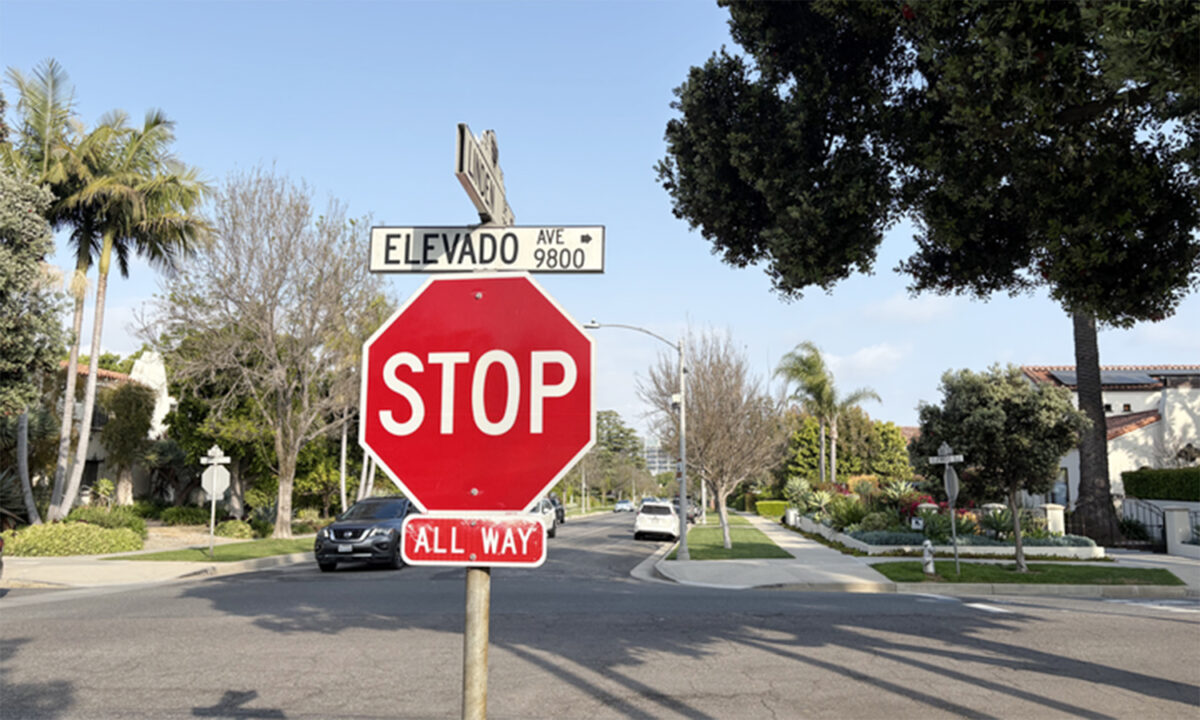The fact that Beverly Hills is facing $286.1 million of unfunded pension liabilities by the end of June, as revealed in a recent presentation to City Council, is profound. For context, that amount would fund the Beverly Hills Police Department for five years.
In fact, the City’s entire projected current fiscal year revenue stream of $265.7 million is still less than its total known unfunded pension liabilities, which represents the City’s obligations in paying the pensions of its employees.
“It’s a big number,” stated Director of Finance Jeff S. Muir at the Feb. 18 City Council study session during a discussion on paying down the liability.
In reviewing a trio of strategies to pay down the projected debt, Muir based his presentation on the most recent actuarial valuation provided by the California Public Employees’ Retirement System (CalPERS) on June 30, 2018, which was $280.8 million. Strategies considered by the Council ranged from paying off the debt by 2035 to having the final payment occur in 2043.
The discussion represented an initial meaningful step in moving forward with a plan to pay off all future liabilities before 2043, as is currently budgeted, which would translate to a total repayment of $541 million (including $255 million in interest).
The discussion built upon work done by the Blue Ribbon Committee on unfunded liabilities, which was established by prior Mayor Julian Gold. At that time, City Treasurer Howard Fisher led the Committee to review the City’s long-term pension and benefit unfunded liabilities, as well as study what other entities are doing. At the conclusion of the Committee’s work, Fisher proposed that the City incorporate regular savings or investment to serve as an unfunded liability reduction.
“I think we need to be as conservative, and in this case that means dynamic, about paying off the unfunded liability, but also in stopping the hole from getting worse,” said Mayor John Mirisch.
According to Muir, the City stands to save $97 million by accelerating amortization of the unfunded pension liability over a 15-year period, a move supported by Council.
Using CalPERS assumptions, Muir projected the City’s balance would be $286.1 million on June 30. If the 15-year plan is adopted, he projected that it would drop to $275.7 million in 2021. Otherwise, if the current payment plan remains in place, Muir’s presentation showed the balance dropping to just $284.7 million next year.
Statewide, California Pension Tracker estimates the total pension debt at over $308.5 billion. Pension Tracker, a project out of Stanford University, ranked Beverly Hills as the City with the sixth highest market pension debt per household.
By using existing, dedicated resources to make additional contributions to CalPERS, such as funds within the Section 115 Trust and the budgeted $5 million additional pension contributions, (which are poised to begin annually this year following last month’s vote by the City Council to incorporate the payments into future budgets), the City stands to more expeditiously divest itself of its onerous unfunded liability obligation. The Post-Employment Benefits Section 115 Trust, which currently has $23 million, allows the City to pre-fund a portion of its pensions obligation.
As outlined in Muir’s presentation, the City could increase its current budgeted payment of $20.7 million for this fiscal year to $29.4 million as an initial step toward paying off its obligation in the next 15 years. That additional $8.7 million injection, as proposed, would be funded by the $5 million additional budgeted pension contribution and $3.7 million from the 115 Trust.
As part of the proposal, the City would continue to allocate an additional $5 million from the General Fund to its planned pension contributions for 10 years, at which point the need for the additional money would cease as well as any financial injections from the 115 Trust, which would at that point be depleted. At that time, in 2030, the City would subsequently be paying markedly less than its projected current payment schedule for the remaining five years.







